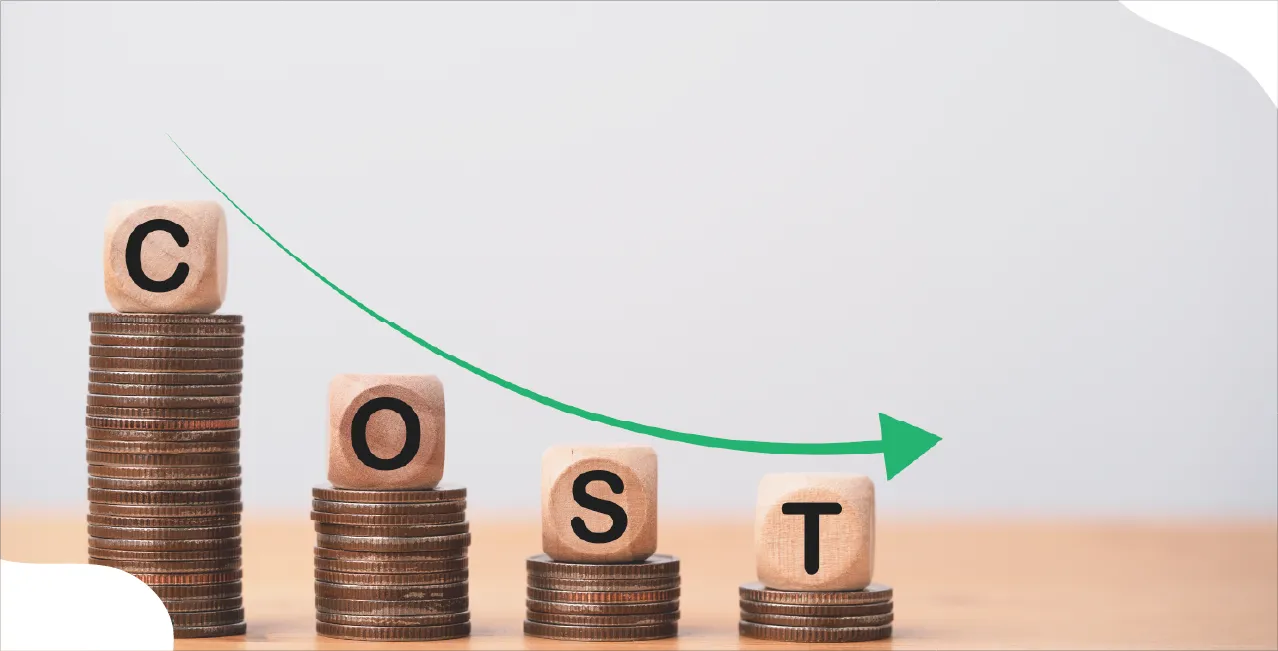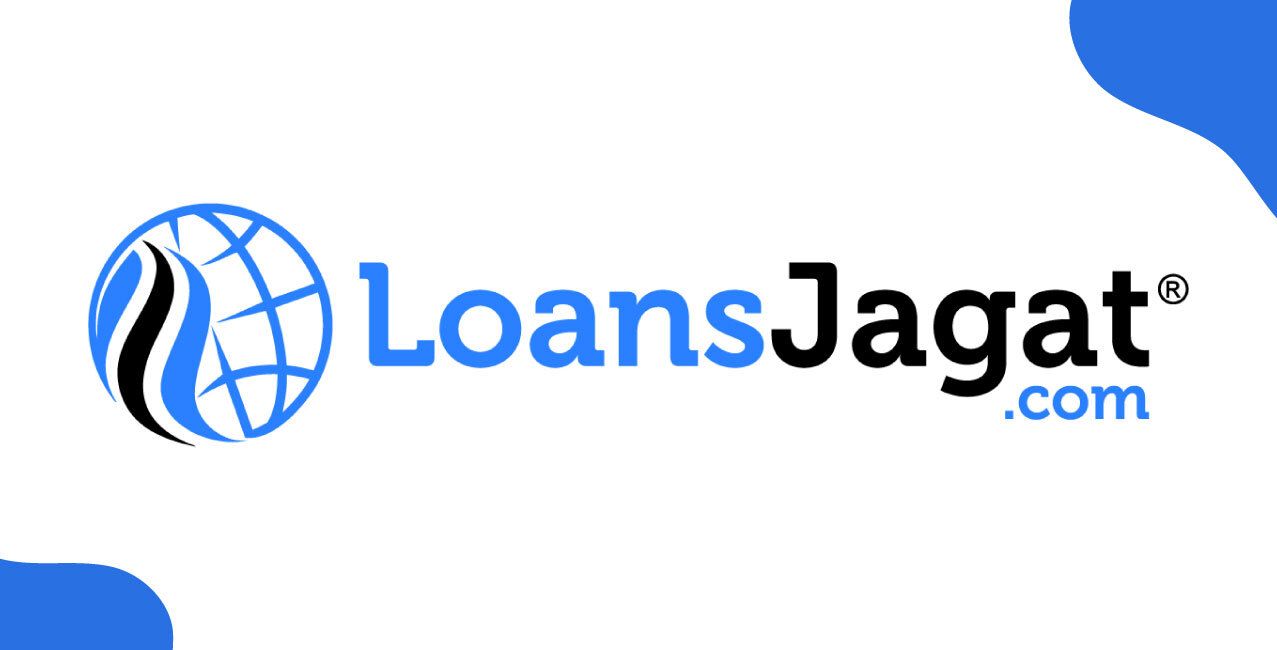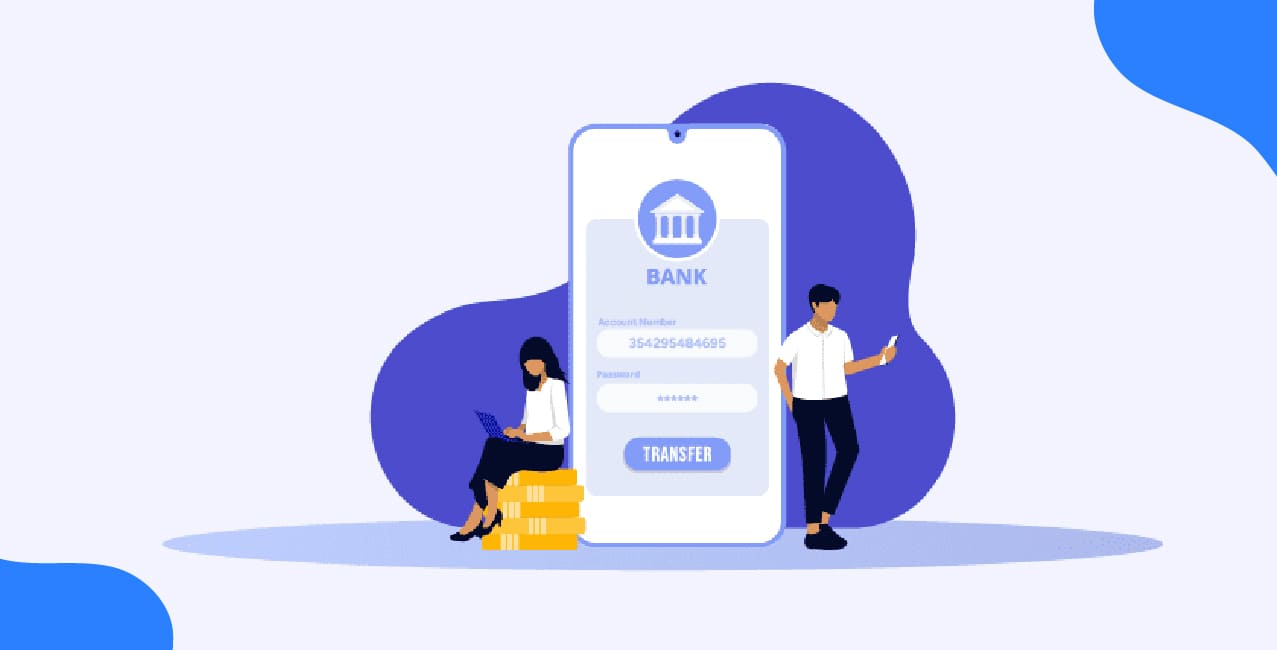
Author
LoansJagat Team
Read Time
5 Min
31 Jul 2025
Cost of Capital: Meaning, Components & Business Relevance
The cost of capital is the average return a business must pay on its debt and equity financing, calculated using the weighted average cost of capital (WACC).
What is the Cost of Capital? Meaning, Formula & Business Use
The cost of capital is the minimum return a business must earn on its funds, both debt and equity, to justify investment, often calculated using the Weighted Average Cost of Capital (WACC) method. It directly reflects investors’ required returns based on the risk they undertake, and it sets the benchmark a project must exceed to be considered worthwhile.
For example, if a company has a WACC of 8%, it must earn at least 8% on its projects to satisfy investors and cover costs. In this blog, you are going to learn about the meaning, formula, and examples of the cost of capital.
How to Calculate the Cost of Capital? The WACC Formula
The Weighted Average Cost of Capital (WACC) is a financial metric that calculates a company's cost of capital, weighted by the proportion of debt and equity in its capital structure.
It represents the average rate of return a company must earn on its existing assets to satisfy its investors, creditors, and other capital providers. The following table summarises the key components used to calculate WACC:
These components are used together to calculate the company’s WACC, which helps assess the average cost of financing through debt and equity.
Understand How to Calculate WACC With an Example
Step 1: Use the formula
The WACC formula combines the costs of equity and debt, weighted by their proportion in the company’s capital structure, while accounting for tax benefits on debt interest.
WACC = (E ÷ (E + D)) × Ke + (D ÷ (E + D)) × Kd × (1 − T)
Step 2: Plug in the values
We substitute the known values into the formula to quantify the cost components:
- Equity makes up ₹60,000 of the capital, while debt accounts for ₹40,000.
- Equity investors expect a 12% return, reflecting the risk they take.
- Debt costs 8%, but interest payments reduce taxable income, so we adjust for the 30% tax rate.
E = ₹60,000
D = ₹40,000
Ke = 12%
Kd = 8%
T = 30%
Step 3: Calculate each part
- Equity portion: 60% of capital × 12% cost = 7.2%
- Debt portion: 40% of capital × 8% cost × 70% (after tax) = 2.24%
Step 4: Add the weighted costs
WACC = 7.2% + 2.24% = 9.94%
Final Answer: WACC = 9.44%
The company must earn at least 9.44% on its investments to satisfy both equity investors and debt holders. This rate reflects the blended cost of financing and helps in making informed investment decisions.
Read More – What is Cost? Meaning in Business, Types & Cost Control
Types of Capital: Debt vs Equity Costs Explained
Businesses finance activities through debt (loans, bonds) and equity (shares). Each has its own cost:
- Cost of Debt is the interest rate a company pays on borrowed funds, reduced by tax benefits.
- Cost of Equity is the return shareholders expect for investing in the company. A common method to estimate this is the Capital Asset Pricing Model (CAPM), which calculates the cost of equity as:
Cost of equity = Risk‑free rate + Beta (β) × (Market return − Risk‑free rate)
CAPM considers the risk-free rate, the stock’s sensitivity to market movements (beta), and the expected market return to provide a realistic estimate of shareholder expectations.
In India, the Reserve Bank of India (RBI) sets key interest rates, such as the repo rate and the bank rate, which influence borrowing costs for banks. These rates serve as benchmarks when businesses estimate their cost of debt and, indirectly, their cost of equity.
Example:
The following table summarises typical components used to calculate the cost of equity and cost of debt:
These rates help companies estimate their weighted average cost of capital (WACC), balancing the cost of equity investors and debt lenders.
In simple terms:
- Debt is cheaper because interest is tax‑deductible, but it involves regular payments.
- Equity costs more and reflects higher risk for investors.
Why Do Businesses Use Cost of Capital in Decision Making?
Businesses use the cost of capital as a benchmark to decide if a project will add value. The Reserve Bank of India (RBI) highlights that this measure helps companies estimate the return required on investments before borrowing or issuing equity, guiding sound financial strategy.
One key use is in capital budgeting, where firms compare the cost of capital to the projected return of a new project. If the expected return exceeds the cost of capital, the project likely creates value. Another critical use is in optimising capital structure, balancing debt and equity to minimise this cost while managing risk.
Example:
A company plans to build a new factory:
- Estimated project return: 15%
- Company’s current cost of capital: 10%
Since 15% > 10%, the company proceeds, as the project is expected to add value.
Also Read - What is Capital Structure? Meaning, Types & Importance
Innovative Applications
Here are some of the innovative applications:
- Green Bonds & ESG Funding: With RBI-backed schemes like CGTMSE, firms can access green financing at lower rates, reducing the cost of capital for sustainable projects.
- Dynamic Hurdle Rates: Companies can set different costs of capital targets for various projects. For instance, riskier tech initiatives might require a 12% return, while safer infrastructure ventures use an 8% return.
- Real-Time Adjustments: Organisations can adjust their hurdle rate using live RBI data, such as repo or benchmark bond yields, to reflect changing economic conditions.
Cost of capital helps businesses:
- Assess if a project delivers returns above its financing cost.
- Choose the optimal mix of debt and equity.
- Respond quickly to changing economic factors, using RBI data, to stay financially agile.
Conclusion
Cost of capital is the minimum return a business needs to earn to cover the cost of its funding, both debt and equity. It helps companies make smart decisions about investments, funding, and long-term growth. When used well, it can increase profits and reduce risk.
FAQs
1. Why does the cost of capital change over time?
It changes because interest rates, market trends, and a company’s risk level aren’t constant. For example, if the RBI raises rates or the company becomes riskier, its cost of capital usually rises.
2. Can small businesses benefit from knowing their cost of capital?
Yes! Even small businesses use it to decide if borrowing money or starting new projects makes financial sense. It helps them avoid costly mistakes and manage funds wisely.
3. Should I use different cost of capital rates for different projects?
Definitely. Riskier projects, like new technologies, usually need a higher rate to cover extra uncertainty. Safer projects get lower rates, reflecting their stability.
4. How does the cost of capital impact environmentally friendly or social initiatives?
Green and social projects often get special loans or incentives, which reduce their cost of capital. This makes these projects cheaper to fund and more appealing to investors.
Other Related Pages | |||
About the Author

LoansJagat Team
‘Simplify Finance for Everyone.’ This is the common goal of our team, as we try to explain any topic with relatable examples. From personal to business finance, managing EMIs to becoming debt-free, we do extensive research on each and every parameter, so you don’t have to. Scroll up and have a look at what 15+ years of experience in the BFSI sector looks like.

Quick Apply Loan
Subscribe Now
Related Blog Post


